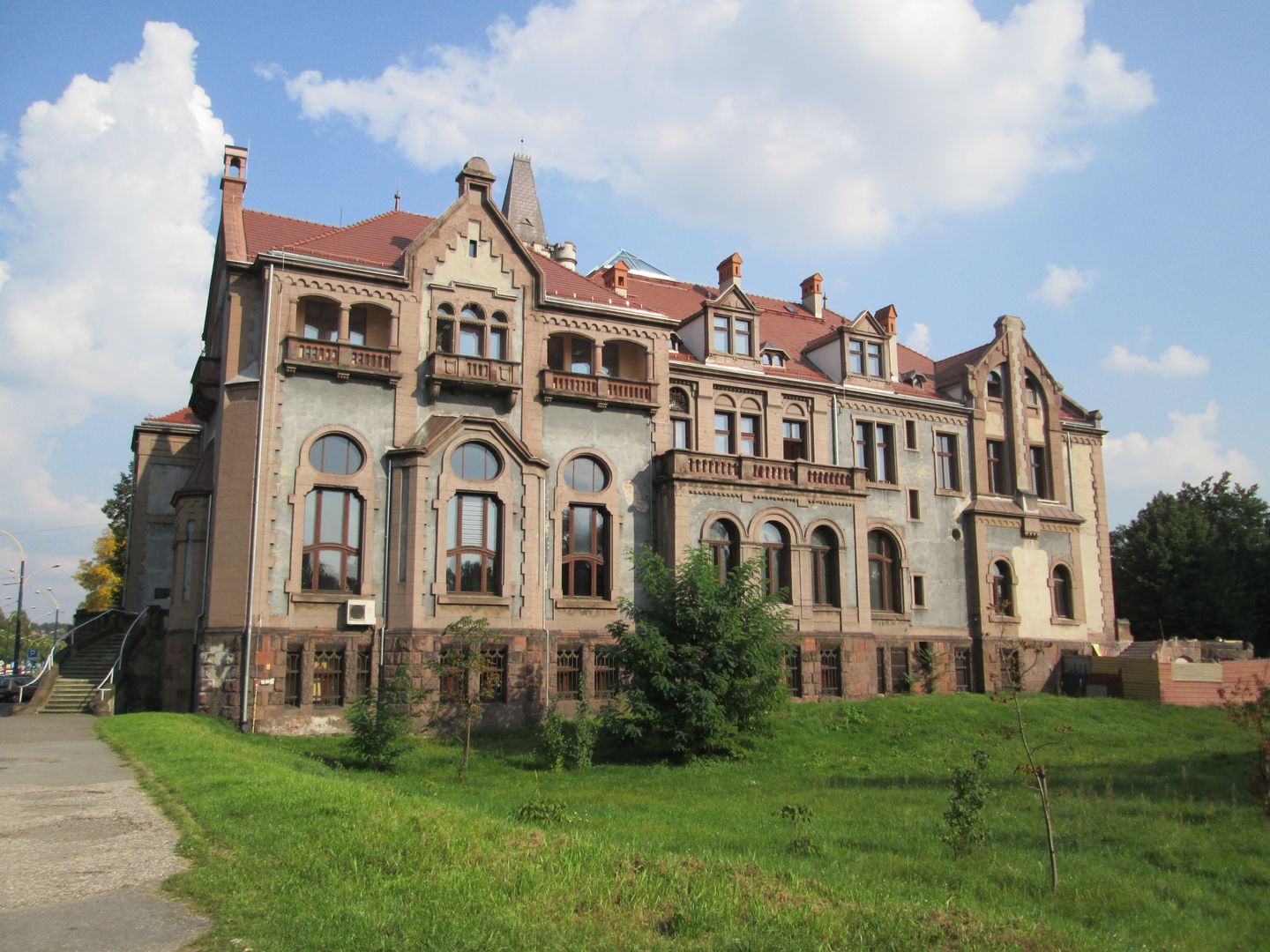Oskar Schon's Palace in Sosnowiec
6.93

Overview
Oscar Schön Palace in Sosnowiec, built between 1900 and 1903 in an eclectic style, was commissioned by Oscar Schön, whose family acquired the land along the Czarna Przemsza River in 1885. The structure blends elements of Neo-Gothic, Neo-Renaissance, Neo-Baroque, and Art Nouveau styles, with a distinctive Neo-Gothic tower as its hallmark. The palace interiors are adorned with rich decorative details, including a two-story ballroom inspired by 18th-century Baroque design. Architecturally, it also features a grand hall with an impressive staircase, as well as spiral staircases and secret passages that lend a romantic aura to the space.
A fire at the spinning mill in 1907 and the impact of World War I strained the Schön family's finances, leading to the palace being repurposed as a courthouse in 1923. During the German occupation, it served as the Deutsches Haus. After 1945, it once again became a judicial building. In 1919, during the First Silesian Uprising, the palace housed the uprising’s command, which later prepared for the Third Silesian Uprising in 1921.
The palace garden, originally expansive, gradually transformed into a more confined space. Listed in the regional register of historical monuments on February 10, 1988, the palace stands as a testament to the region's historical heritage and the architectural trends of the late 19th and early 20th centuries.
Location
2025 Wizytor | All Rights Reserved